The prevalence of violence at US schools
With American students having returned to schools in the wake of the COVID pandemic, a new wave of violence is reportedly on the rise in schools across America.
Even before the pandemic incidences of violence, theft or other crimes were quite common in schools, with 80% of public schools recording that one or more such incidents had occurred, amounting to 1.4 million incidents.
The violence is not limited to secondary and middle schools, as even elementary schools also reported occurrences and this is all based on what is only officially reported. It'll only make sense that a large number of violent incidents remain unreported and that the actual the amount of violence is much higher.
Why is the nation in the grip of a general spike of violence and how might it affect victimization in schools?
The COVID 19 pandemic and social unrest are indeed playing a role in the violence.
Who is to blame and what should be done to address the rampant violence in American schools? Who suffers the most and how could it affect society in general, as children grow up and leave school?
The root causes and risk factors behind the rising violence, whether from students to students, students to teachers or vice versa, are complicated, ranging from access to weapons, media violence and cyber abuse. The impact of school community and family environments and personal alienation also play a role in the spike of violent incidents.
You never think it's gonna happen, the kids just are all a big part of this community. And it is I'm so scared for them and my daughter is safe, but I don't know if all of her friends are safe. And I don't know if my nieces and nephews are safe.
Mother of pupil at school shooting
Basically, American culture is to blame for the endemic violence, which is not limited to schools, but remains prevalent on the streets, in bars and other public venues.
What would you say is the root cause of the problem of violence and misbehavior today in schools in America?
That's a hard question and a big question. As you know, the United States historically has been a violent country. And the United States has celebrated violence on many levels.
You, I'm sure, know that the US is now on another war after four or five or six recent wars. We seem to be in this era where we have permanent, nonstop, worldwide, war.
So the question is, how does that affect people, young people in this country, and I think it does in a lot of ways, it creates a culture of violence, a culture of war, the culture of solving problems violently?
John Gehan, Journalism and Public Administration Specialist
One could say that fighting among schoolchildren is a quite common phenomenon across the world. But what makes the situation unique in America is in part the easy access to guns and the country's broken gun laws.
US History is replete with incidents of tragic and deadly school shootings, in which innocent lives have been unceremoniously snuffed out.
Therefore, one could argue that preventing violence in American schools is more crucial than elsewhere. From 2000 to 2001 and 2019 to 2020, the number of casualties per year as a result of school shootings range from 15 to 182.
The figures speak for themselves, but how can the status of violence in American schools be assessed, particularly after the pupils had been studying remotely for nearly two years?
I think a lot of students fell behind, studies have shown and I have kids myself. When they went back to school it was very difficult for them. A lot of kids fell behind, whatever the level of schooling, and some kids you know, they weren't socializing properly if they were at a formative age. And they came back and it was, you know, a lot of pressure on them, anxiety, they were behind in their schooling, a lot of frustration.
Some kids fell prey to gangs, high school students who were out of school for a long time. As I say they didn't have those, you know, positive demands, (role models) that could steer them in a good path whether a teacher, principal, coach; an athletic programme can be very important for a lot of the kids, keeping them in school and on a cleaner path.
When those programs were cancelled, people were losing their jobs, some homes are broken up, a recipe for disaster and you know, in statistics and on the news, we're seeing spikes in violence and it's nightly news, every night there are incidents, depending on where you live, but certainly in the big cities.
Jeremy Kuzmarov, Covert Action Magazine
Gun violence is also plaguing schools nationwide, the first half of the 2021 - 2022 academic year had the most instances of gun violence in recent history. US history is tainted with tragic school shootings some with many fatalities such as the one at the Sandy Hook Elementary School in Connecticut.
There were 136 incidents of gunfire on school premises between August 1 and 31 December 2021. At least 26 people were killed and 96 wounded, making it the highest number of people incidences in the five month period since 2013.
And that is just the tip of the iceberg when the whole history of school shootings is taken into account.
How should the US authorities address the rise in violence in US schools?
The big answer is stop the war, stop the never ending wars, reinvest in people's needs, human needs, social needs, health needs, housing needs, to build a healthy culture.
Now, whether or not our leaders are going to do that this is another question.
I have my doubts because our country is largely controlled by the wealthy corporate class that feeds on violence and feeds on war. And I suspect that they don't want to invest in human needs.
John Gehan
Violence prevention efforts could indeed be successful; however, the education system and the general parenting in America have been disappointing at times.
The lack of real communication between children and their parents or teachers, as well as absence of clear rules, are among the most immediate issues that need to be addressed.
The American culture means the students often have to fight as a means of maintaining their reputation in their schools. Reputation is often seen as a precious commodity can only be attained and maintained with a good show of violence.
However, victimization of the students will surely lead to more serious concerns as the children grow up.
All said and done, who is responsible for violence in US schools, whether from students toward other students, students toward teachers or vice versa?
A lot of it is student to student and some of it is that the schools are not well run, you know, they don't have adequate resources. The class either maybe too big. I mean, it's also important from a young age have kids have a really good school system where they're small class sizes, they get the attention they need, if they come from a bad home, you know, teacher, you know, a very positive impact.
And you know, if they develop good study habits and reading skills from a young age, they'll be prone to succeed in high school.
But if they had a very bad school system, and the class sizes are too big and they didn't get the attention they need and are way behind, then they flout their high school and they may drop out and join gangs, or they may finally become frustrated. They don't see a future for themselves. They're failing and they start fighting or doing drugs or something.
Jeremy Kuzmarov
Violence in schools comes in various shapes and forms, from bullying, vandalism, “gangsterism”, indiscipline and intolerance to corporal punishment. There is always one or more victims of violent events, showing aggressive tendencies appears to be common, almost to the point of being endemic, in American schools.
The violence emerges, grows out of a culture, a US culture that does not respect people's humanity.
Teachers, for the most part, are hard working people who care about the students and who are doing their best to deliver education to their students.
Students are young people, and they need to be shaped, to be controlled and given direction. And I think that's what the teachers are trying to do.
But I am very hesitant to lay the blame on either students or teachers.
John Gehan
For serious violence, secondary and middle schools both report the same degree of serious violence at 29%, while 14% of elementary schools have reported at least one serious incident. One of the rather crucial factors generally raising the amount of violence in the country is witnessing violence in the media and video games.
So what role does the promotion of violence in American culture, from video games to Hollywood, play in the rise of misbehavior in American schools?
The culture you can think of the culture as, on an international level, war, aggression, but certainly, on a national level, in sports, in culture, video games, films Hollywood films, television, all of those platforms celebrate violence.
They all illustrate that violence is a solution.
I think the culture, kind of from the lower level to the higher level, all of that culture certainly is responsible for several of the problems that young people have.
John Gehan
Experiencing violence at home and in the community means children will resort to it more readily, thus, choosing to fight in retaliation for teasing or unprovoked assaults. Disagreements turn into violent struggles and violence becomes the "go to" method to settle dominant disputes.
Fights usually occur when people don't talk about their problems and their friends are feeding them the wrong information. Fights also occur because of misunderstandings and gossip as children are not taught to tend towards talking logically in order to settle disputes.
The role of the teachers and parents is crucial, but the education system should also take matters into its hands and focus on the issue more closely.
What should parents and the US education system do to lessen their children's violence in schools?
Every parent is responsible to try and raise his child with positive values; unfortunately, we see a lot of broken homes. I mean, one thing and like you were saying with the racial profile, you have a lot of communities, maybe more black or minority communities, where a huge number of the men are locked up because of the war on drugs you know, there's racial profiling, and you know, they were targeted.
And they were given long, long sentences so they're in jail, they can help in raising their kids. They're not there for the kids. Single mothers could be overwhelmed.
So I mean, I think the US government should end the war on drugs. And you know, a lot of politician we're very hypocritical in promoting this kind of family values, especially conservatives claim to be for family values, and yet they were supporting the lock up of so many men in the war on drugs, so they couldn't be there to help raise their kids in a good way.
Jeremy Kuzmarov
Exposure to youth violence and school violence can lead to a wide array of negative health behaviors and outcomes. When students grow up and leave school, they may resort to alcohol and drug use, commit suicide or experience depression, anxiety, and many other psychological problems.
What do [sic] parents do? I think that's, that's a question that just about every parent is asking. How can I protect my children? How can I raise my child to be healthy? And how can I teach my children to understand ... the world? I don't think anybody has the answer to that.
What can parents do? Parents can try to explain the world, explain why things are happening. That's a good start, but of course, what is at stake is the amount of information that parents have is dependent, again, on this mass culture.
John Gehan
The teachers themselves could also be victimized by violence in schools, witnessing violence could make a teacher numb and desensitized to this phenomenon. They may also suffer from everyday experiences of seeing violence, especially as students grow up and become more capable of inflicting harm or damage.
An integrated approach is needed to address violence in schools today; educators, parents and learners must work together to tackle causes of violence on a daily basis.
The US education system should lead the effort to educate everyone on how to lessen violence in schools. Policymaking is also a key factor in reducing violence across the nation.
Restricting children's access to extremely violent content, video games or TV shows and the online content that kids have access to should be stripped of overly violent scenes.
With less exposure to such content, as well as educating kids about interpersonal communication, officials could expect to see less violence, not only in American schools, but also on the streets.
Israel preparing to stay in southern Lebanon after ceasefire: Report
Israeli pressure on Hamas ‘hardly helped’; swap deal necessary: Ex-Mossad chief
Far-right Israeli minister Ben-Gvir again storms al-Aqsa Mosque
Iran: Israel’s attack on journalists’ vehicle in Gaza amounts to ‘war crime’
VIDEO | Israel’s war spending
Palestine Action wins again
VIDEO | Palestinian Authority's blockade of Jenin refugee camp reaches third week
Dec. 25: ‘Axis of Resistance’ operations against Israeli occupation


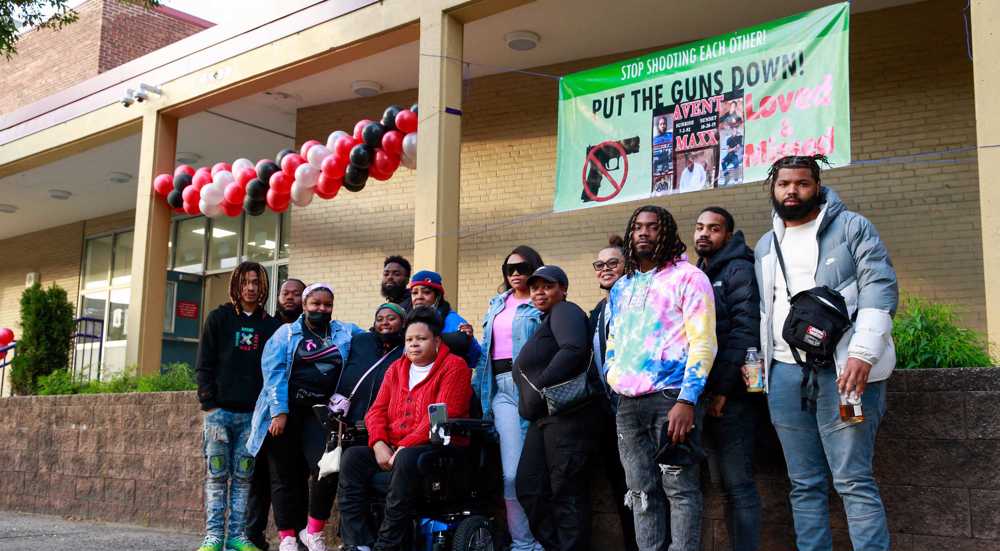



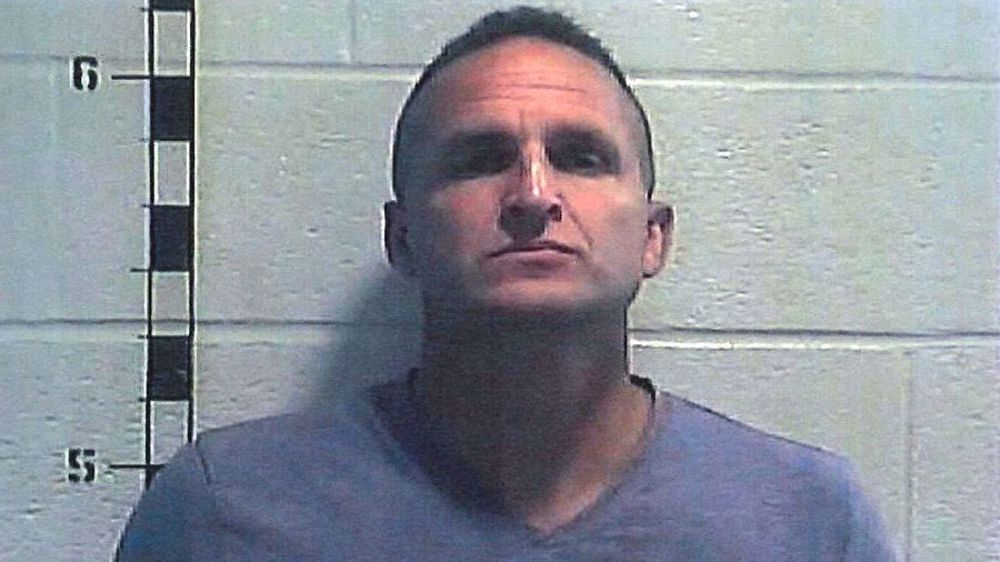
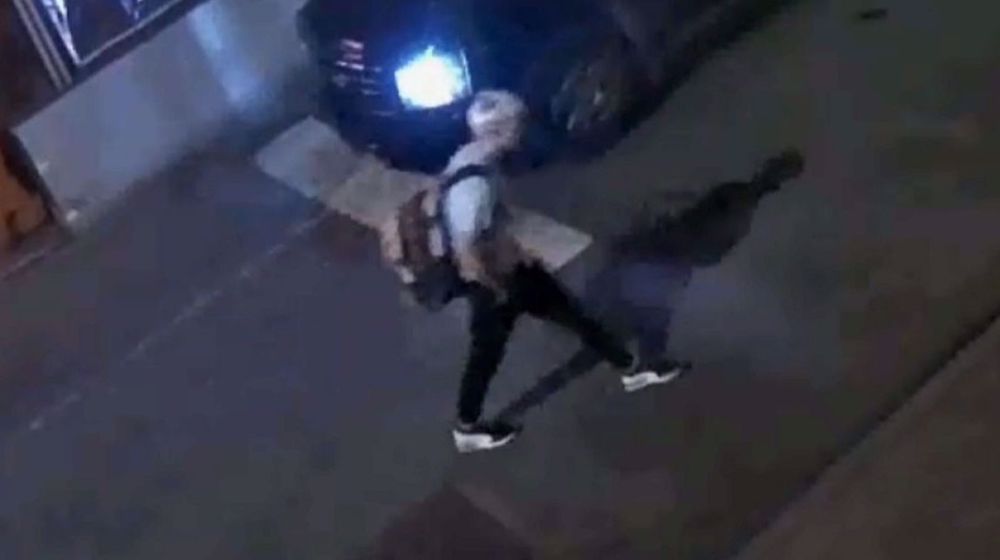
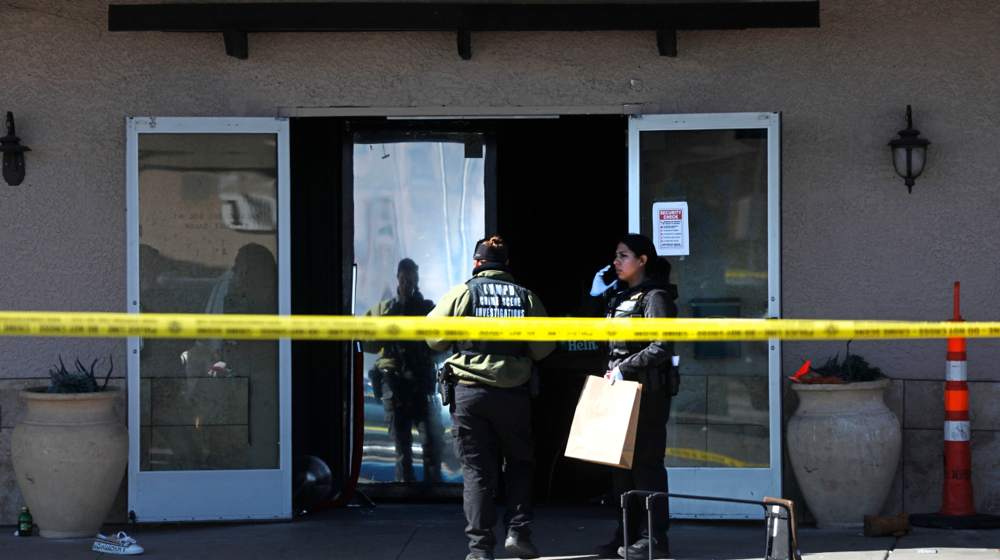



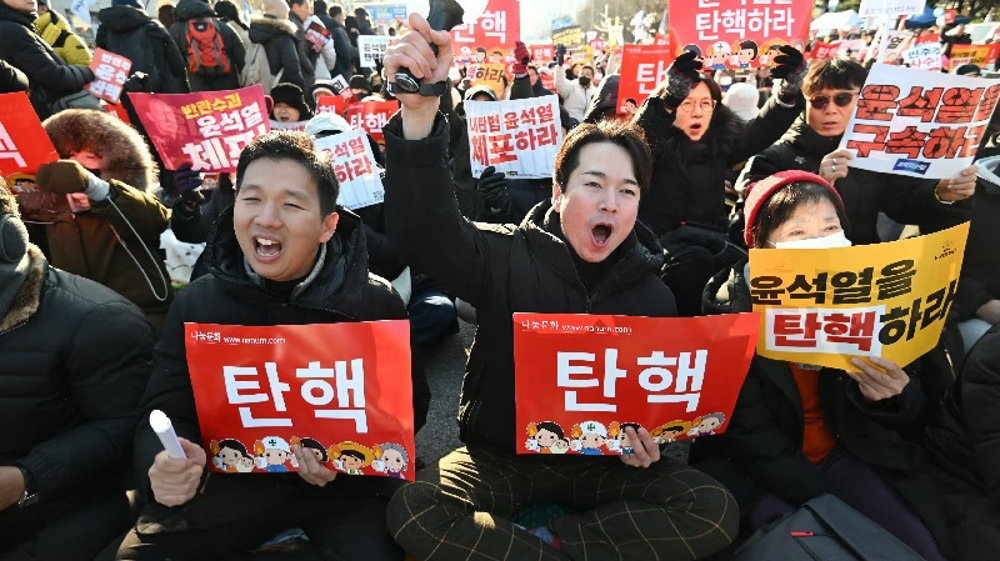





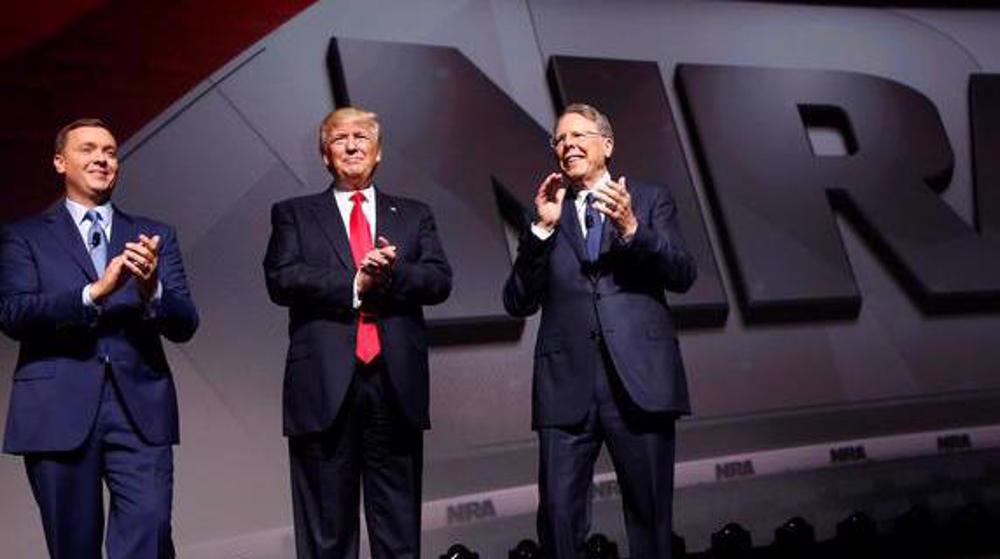
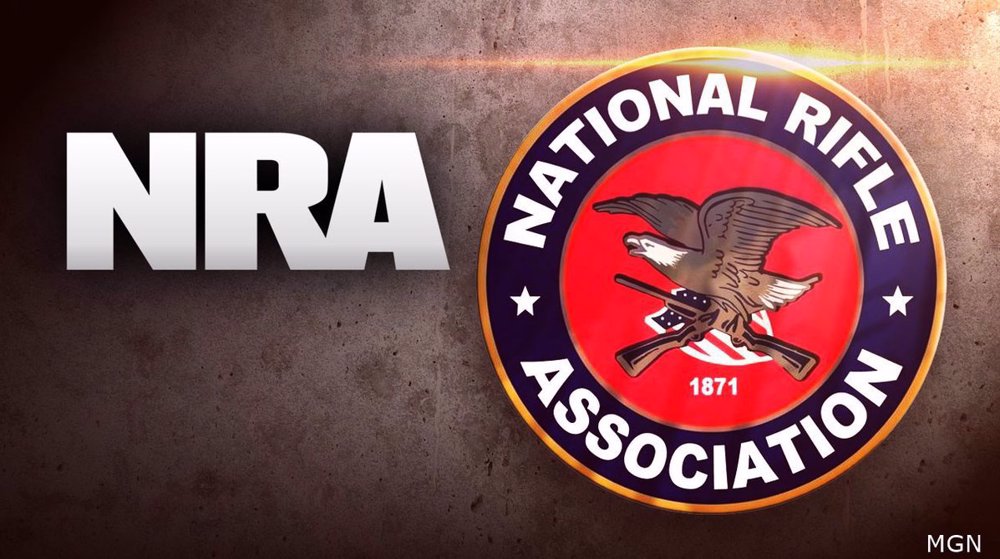



 This makes it easy to access the Press TV website
This makes it easy to access the Press TV website